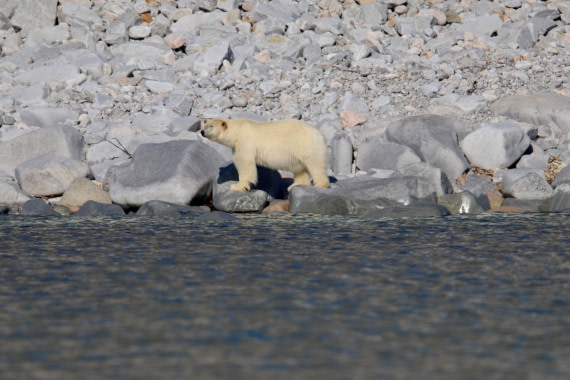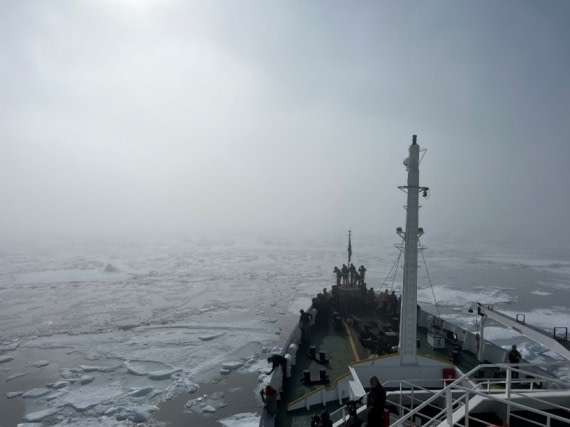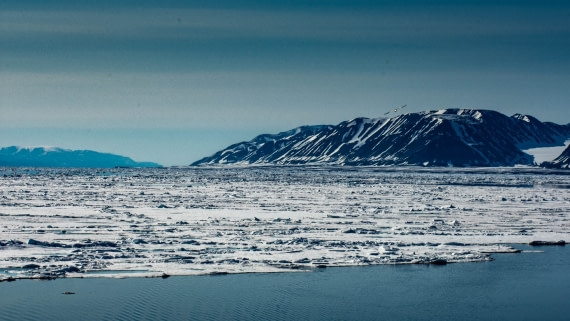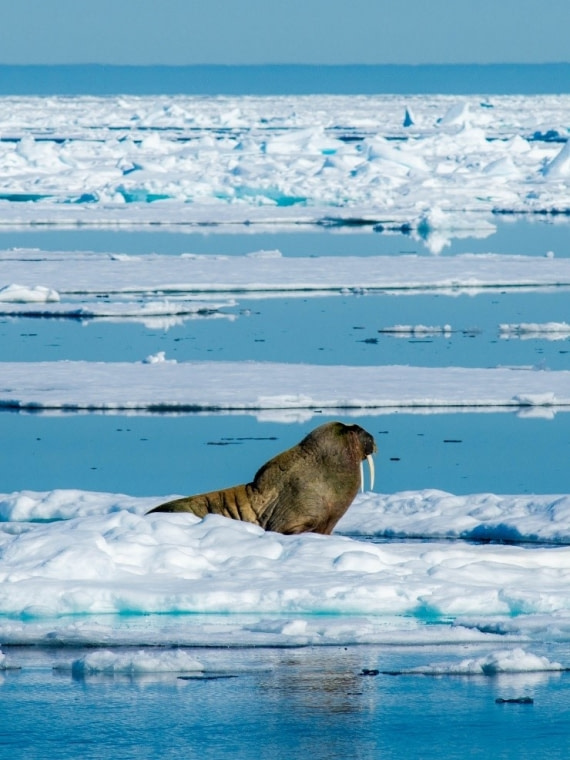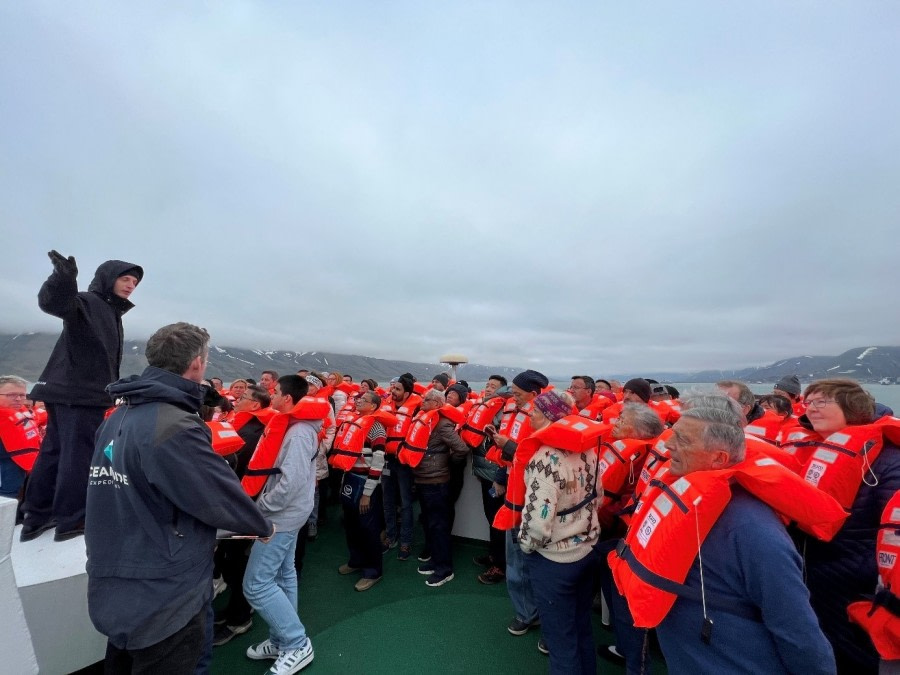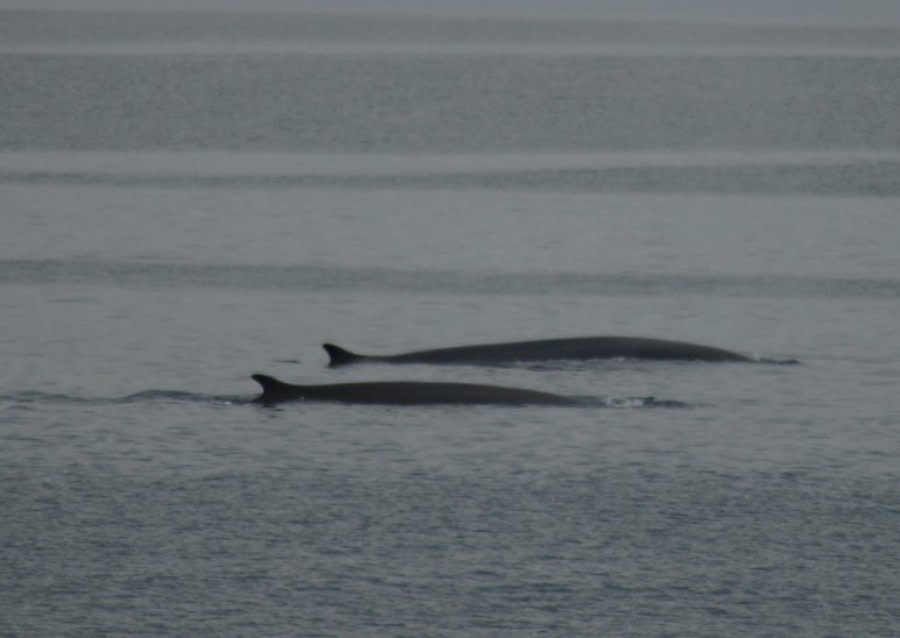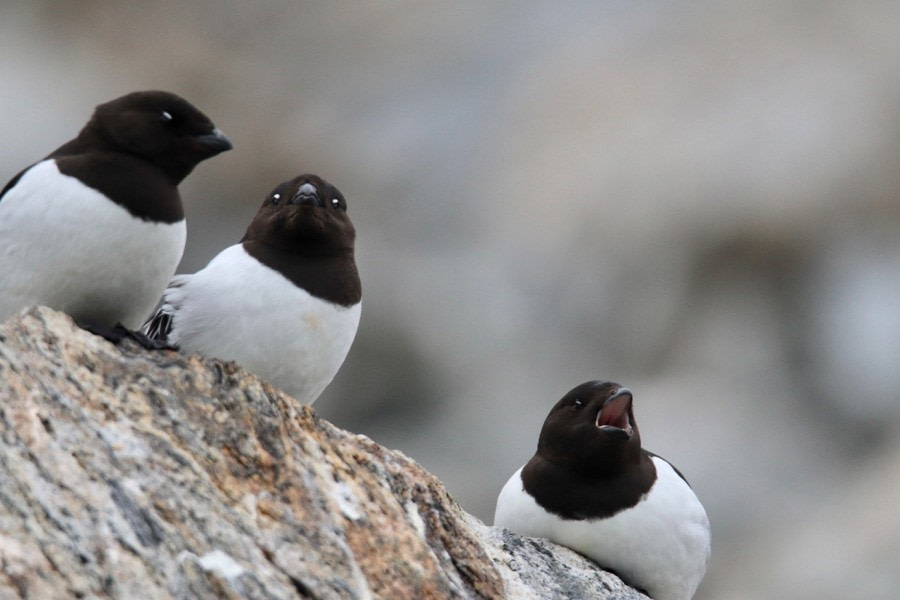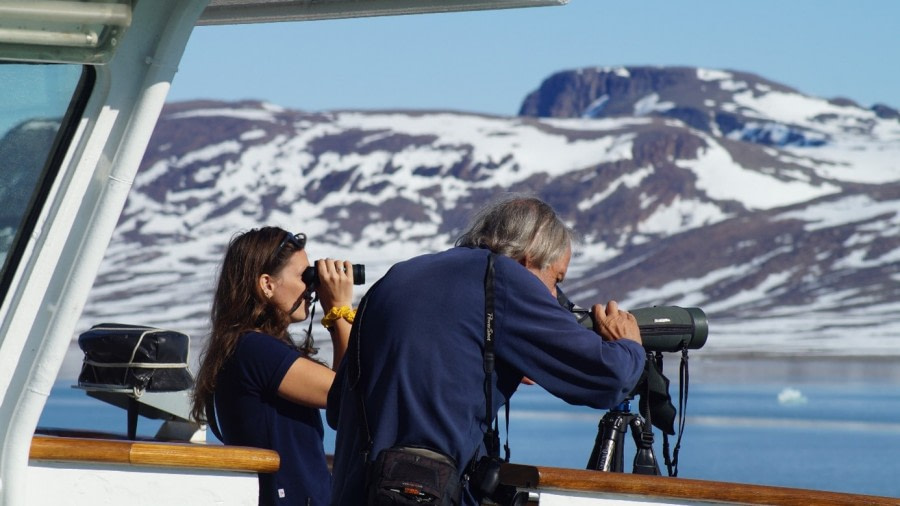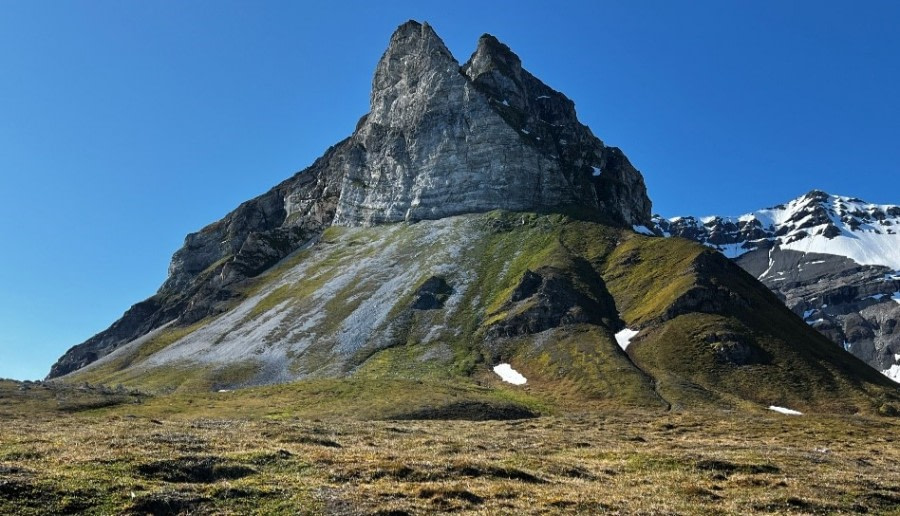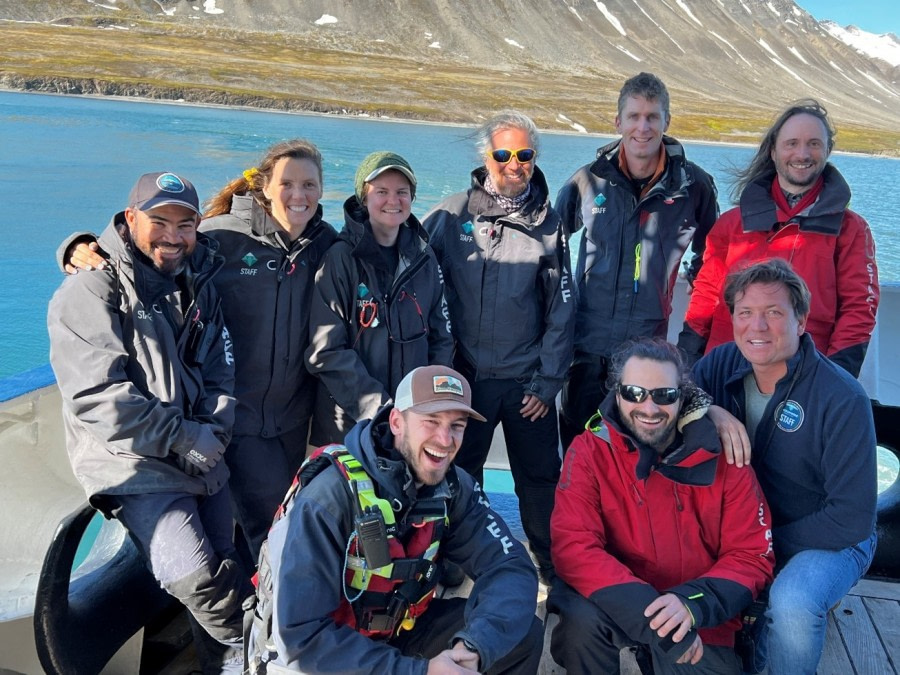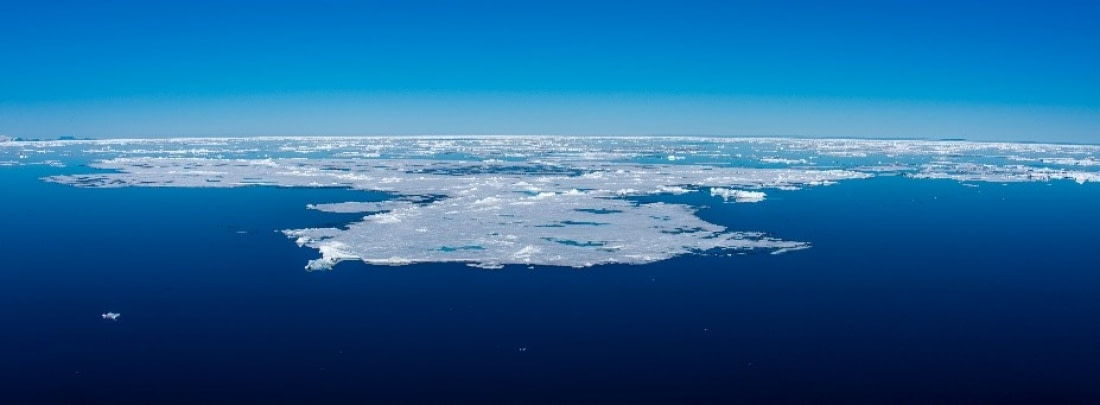| Date: |
03.07.2023 |
| Position: |
79°55.1’N / 014°29.6’E |
| Wind: |
E 3 |
| Weather: |
Partial clouds |
| Air Temperature: |
+3 |
After yesterday's gray and gloomy day spent in thick fog, the sunlight today seemed especially life-affirming! Not a cloud in the sky, complete calmness, the azure blue of the sky mirroring the color of the Plancius, above us, and below us, right on the water's surface – the eternal ice of the Arctic Ocean. As far as the eye can see, only ice floes, rubbing against each other along the horizon.
Led by our captain, the Plancius maneuvered slowly between the ice, forging its path northward. From the south, the northern coast of Spitsbergen bid us a farewell.
The main task for today was to find a polar bear! Our expedition guides, taking turns, armed with binoculars, constantly stood on watch on the bridge, scanning the ocean surface, in case the ruler of the Arctic was roaming the ice, keeping an eye out for any unsuspecting seals.
We were persistent because the more people searching for the bear with their eyes, the higher the chance of spotting it! Some of us have powerful telescopes, others have good binoculars, and some just stand on the deck, marveling at the mesmerizing view of the most extraordinary ocean on Earth. But all of us constantly peer into the distance, hoping to catch sight of any movement.
"There's always a fish in a crab's trap," says a Russian proverb. No, it was not a bear, but other formidable inhabitants of the polar regions awaited us on the ice floe. Walruses! They rested on the ice, sometimes lazily raising themselves on their front flippers and flashing their white tusks. They gazed at us, not understanding who we were, what we were doing here, and why we disturbed their daytime slumber.
After lunch, the search for the bear resumed with renewed vigor. But... more walruses. Huge, fat beasts sprawled themselves on a tiny ice floe and slept, showing no signs of concern about our presence. In contrast, fueled by curiosity, we crowded at the ship's bow, taking hundreds of photographs.
The bright sun still shines, but the wind intensifies. The water surface, which was mirror-like in the morning, now displays its combative nature. The ice floes maintain the tranquility of the ocean, preventing the waves from running wild. However, the small waves that manage to form in the small patches of open water, as if understanding their powerlessness, angrily attack the ice floes, striking them forcefully on their sides. Some of them even manage to lift a small spray of fine droplets. The black-legged kittiwakes and northern fulmars, it seems, were delighted by this change in weather. The stronger the wind, the easier it is for them to soar in the air, scanning for prey. Look, a kittiwake is flying after the Plancius, and suddenly - swoosh! - it dives into the water like a stone and immediately soars back into the sky, triumphantly clutching an unfortunate shrimp in its beak.
Unfortunately, the search yielded no results. The bear remained hidden. The sun, traversed the sky, gradually moves further and further north. For dinner we gathered at the stern of deck 3 and dine and dance while occasionally glancing at the ice floes — just in case the bear shows up after all.
It was a pleasant and leisurely day. Yes, we didn't find the bear, but we did cross the 80th parallel. None of us had ventured this far north before, so regardless, we have something to remember.

